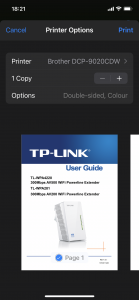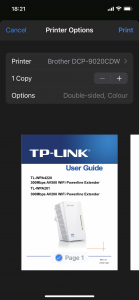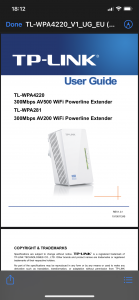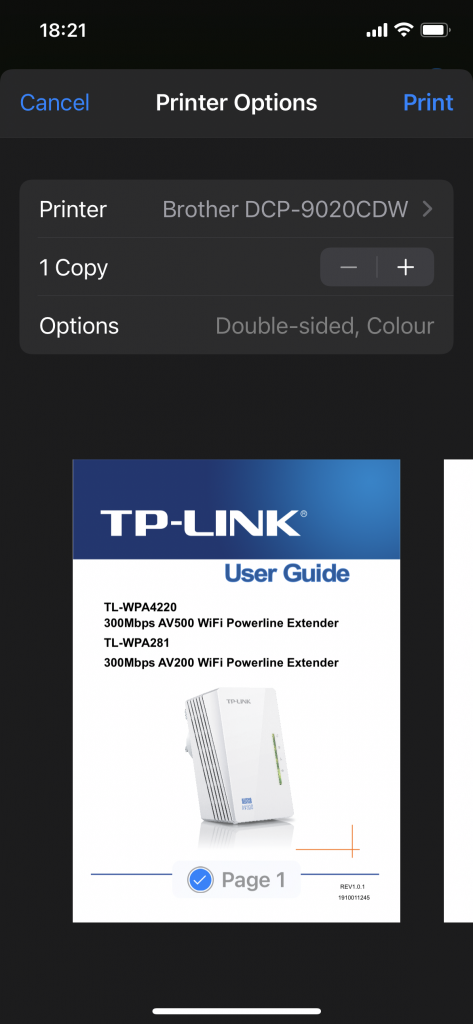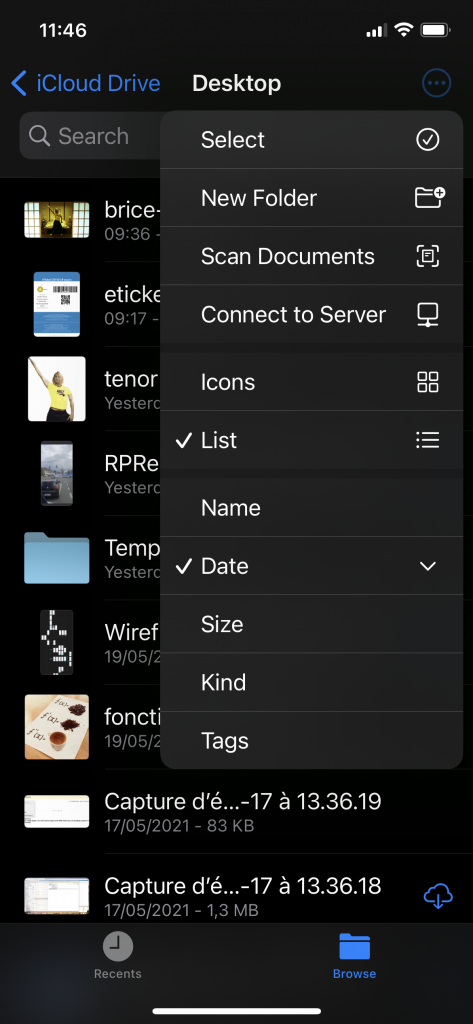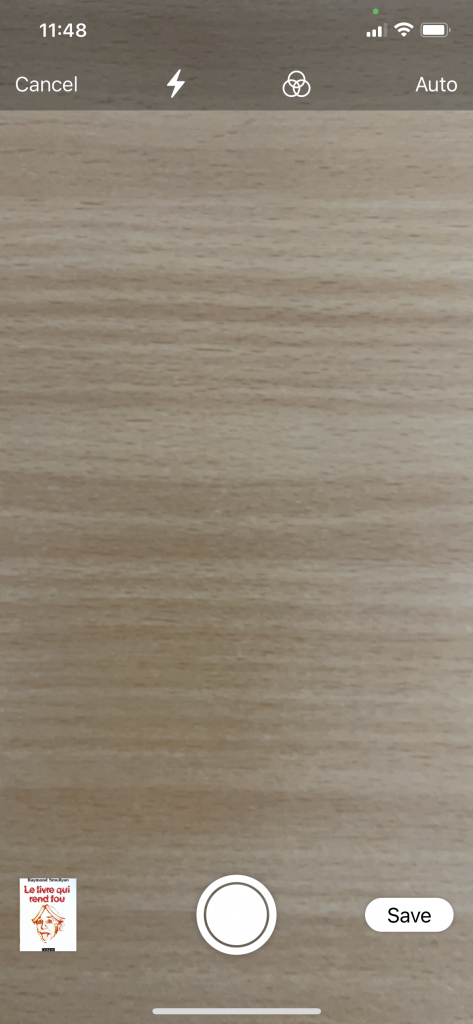You just received your new iPhone (thanks Santa Claus) and you would like to recover all your data from your old iPhone, which you still have and which is still working fine. You will be able to resell it or give it to someone you know.
Some initial considerations
Do you have a backup of your old iPhone? Is the capacity of your new iPhone equal to or greater than that of the old one? Do you want to migrate absolutely all content from the old to the new? It is important to answer these questions before any data migration.
Backup
It is important to have a backup of your iPhone, in all circumstances. Not just as part of the purchase of a new model. It may be necessary to restore a backup after a repair or when replacing a lost, stolen or permanently broken iPhone that cannot be repaired. The Apple support pages explain everything you need to know about backup. It’s here. Note, however, that an encrypted backup can also back up security data, such as passwords to third-party applications or sensitive data (health for example). The backup password (encryption key) must be carefully chosen and itself backed up. Indeed, it will be necessary to restore data on the new iPhone. You can also do without the backup to restore data to the new iPhone, using the iPhone-to-iPhone copy method.
Migration
The second question concerns migration. Do you want to migrate the entire old iPhone to the new one? Don’t you have too many unnecessary apps that you want to get rid of while enjoying this new iPhone? Do you want to give your iPhone a completely different (new) look or, on the contrary, do you prefer to find all the applications and settings (wallpaper, etc.) as on the old one?
Capacity
The storage capacity of your new iPhone must be at least equal to or greater than that of the old one, if you want to migrate all your data. If this is not the case, we will probably have to make choices. The wisest thing in this case would be to start on the new iPhone from scratch and install only the apps you want.
Migrate data
There you have it, you have answered the above questions and you are on your way to the complete data migration from the old iPhone to the new one. Apple explains the procedure in its pages here.
After migration
After the migration, you may find that some data has not changed from the old to the new phone to the apple. For me, with the device-to-device migration method, the following data did not pass:
- Bluetooth connections: you will need to reconnect to each of the Bluetooth devices you use: speakers, car, headsets, etc.
- Banking applications: most banking applications, for obvious security reasons, will ask you to create a profile again, probably through bank security, such as digipass, token or other.
- Wifi: In my case, the saved WiFi networks seem to have disappeared, so you will have to reconnect to each of them on the next visit.
- Google Authenticator: If you are using Google Authenticator for two-factor authentication on secure sites, you will need to reconfigure them. Please note that this can be difficult on some sites if your Google Authenticator app is no longer operational on your old phone. Make sure you have reconfigured all of your Google Authenticator sites on the new phone, before deleting the old one or deleting the app.
Last thing
When this is all done, you should have a new iPhone that looks like (or almost) the old one. Your photos are all there and your apps in their place.
Remember to back up your phone to your computer, or in iCloud if you have enough space.
Normally you should have re-entered your fingerprint or face for TouchId or FaceId. The applications for which you have authorized FaceId or TouchId to authenticate you, you will have to reconfirm this choice. Ditto for location preferences for example.
If possible, keep the old phone for a few more days to make sure nothing is missing.
You are now all set to completely erase your old iPhone. Apple explains the procedure here.
